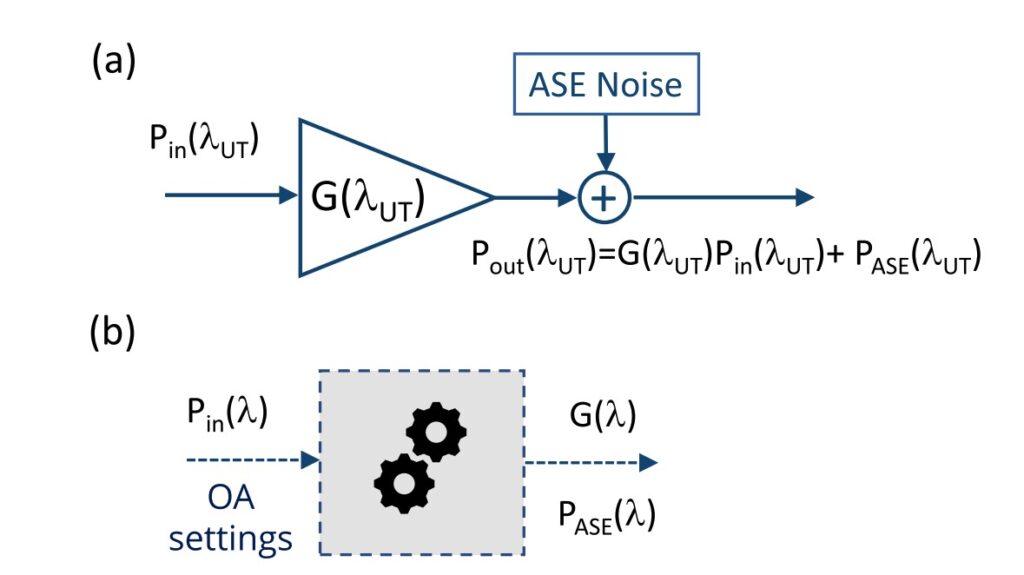As optical networks scale beyond the C+L bands, the role of optical amplifiers (OAs) becomes increasingly critical. While Erbium-Doped Fiber Amplifiers (EDFAs) remain the go-to solution for C and L bands, extending amplification further requires new rare-earth elements—currently at prototype level for multi-band applications.
📡 Key Insights from Our Work in ALLEGRO (Horizon Europe GA ID)
✔️ Virtualized OA Management: showcases a model for managing dual-polarization coherent transceivers, ensuring efficient optical power control.
✔️ Simplified Propagation Modeling: While physical OA effects are complex, their impact on OSNR can be reduced to gain application and ASE noise addition—fundamental for transmission and networking analysis.
✔️ Adaptive OA Configuration: Given the input power spectral density P_in(λ) and OA settings (gain, power mode, target gain/power, and tilt), we determine the optimal gain G(λ) and ASE noise P_ASE(λ) for stable performance.
🔍 Why This Matters: As multi-band optical transport evolves, precise amplifier modeling is essential to ensure scalability, efficiency, and performance across extended wavelength regions.
💡 How do you see OA advancements shaping the future of optical networking? Let’s discuss! 🚀
#OpticalAmplifiers #MultiBandTransmission #OSNR #OpticalNetworking #ALLEGRO #HorizonEurope #TelecomInnovation

